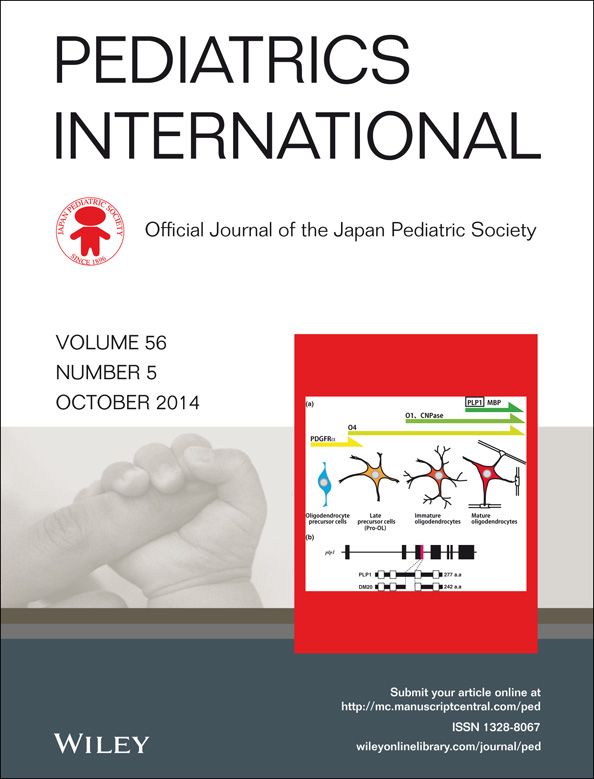Estimation of muscle strength from actigraph data in Duchenne muscular dystrophy
Abstract
Background
The purpose of this study was to evaluate the utility of a wrist actigraph for estimating muscle strength in Duchenne muscular dystrophy patients.
Methods
Twenty-two patients aged 4–19 years wore a wrist actigraph to monitor activities of daily living, and underwent a test of knee extension strength and the 6 min walk test. These measures were made at baseline and at 1 year later. The actigraph data were quantified using the zero crossing mode (ZCM), which indicates the frequency of movement, and the proportional integration mode (PIM), which indicates activity level or vigor of motion.
Results
The ZCM and PIM scores of ambulatory patients were higher than those of non-ambulatory patients (P < 0.001). The correlation coefficient between ZCM score and 6 min walk distance, ZCM score and knee extension strength, PIM score and 6 minute walk distance, and PIM score and knee extension strength was –0.44, 0.25, 0.58, and 0.63, respectively. This indicates that the PIM score had a moderate–good association with 6 min walk distance and knee extension strength.
Conclusion
Muscle strength can be estimated using the PIM score calculated from actigraph data. The PIM score is a good tool for the estimation of muscle strength.




